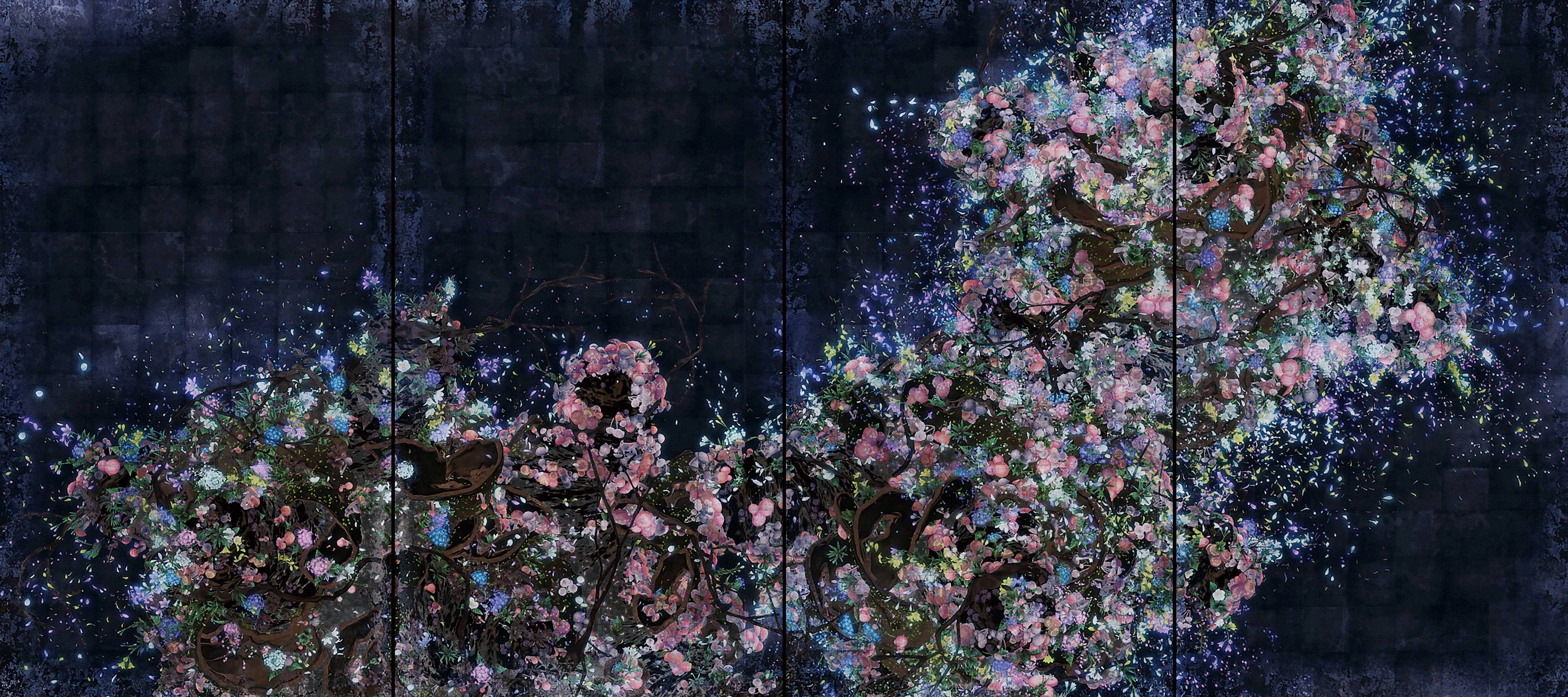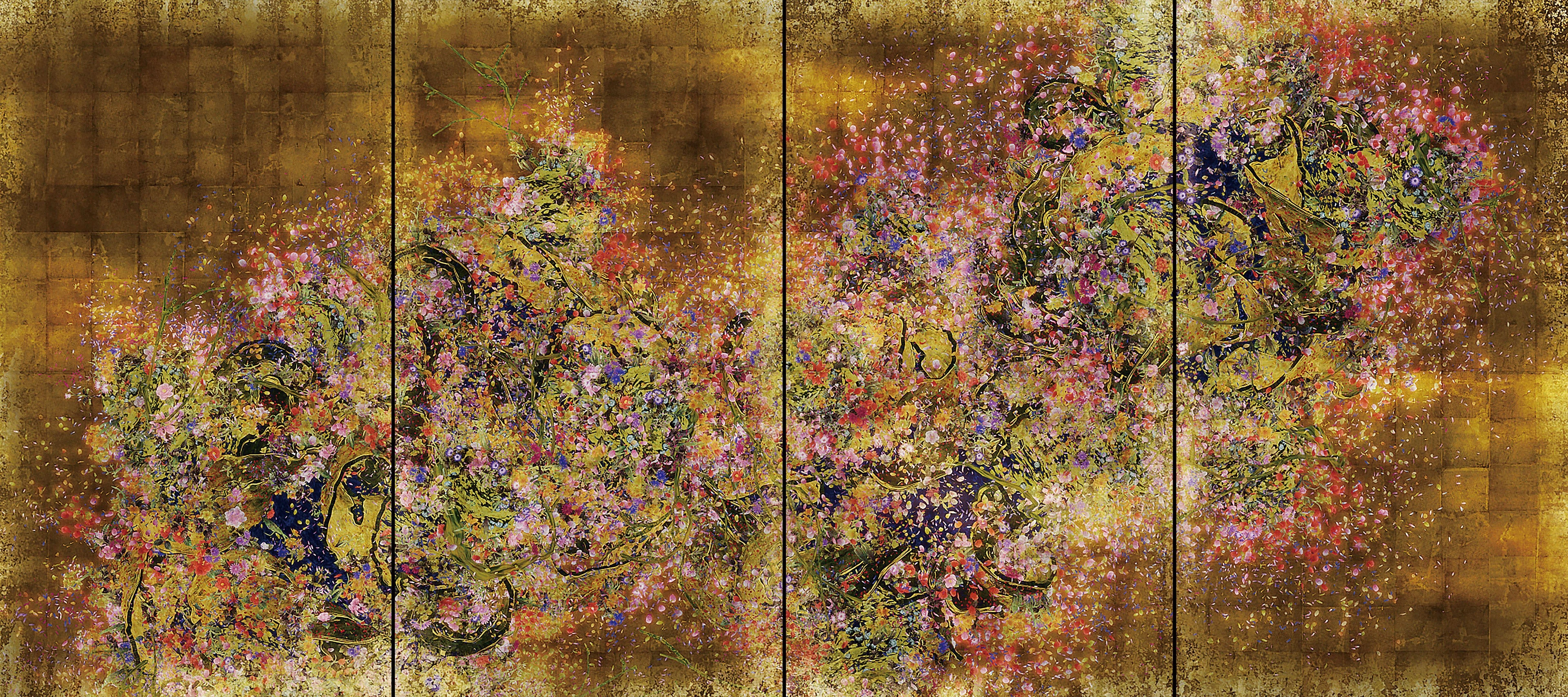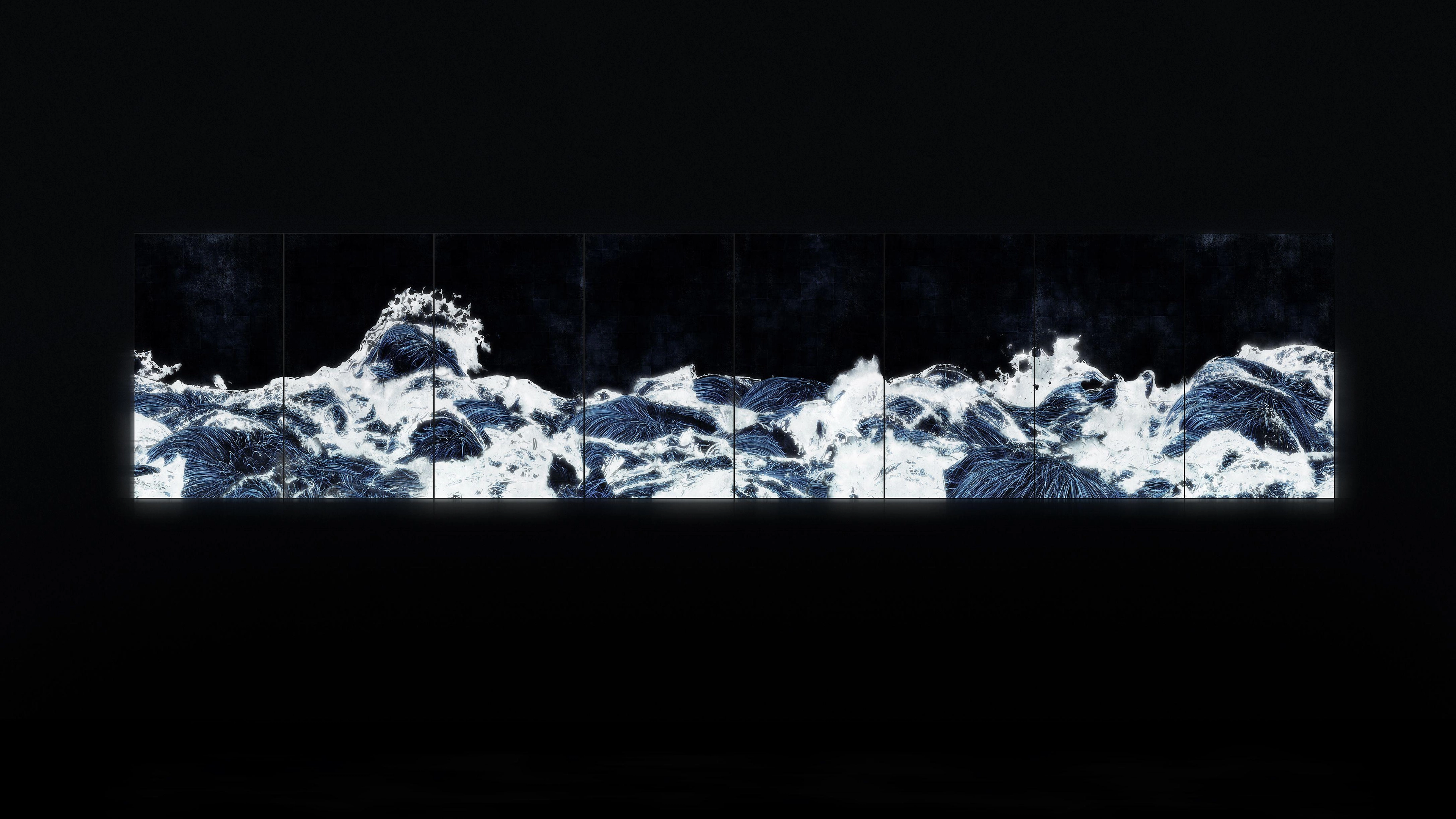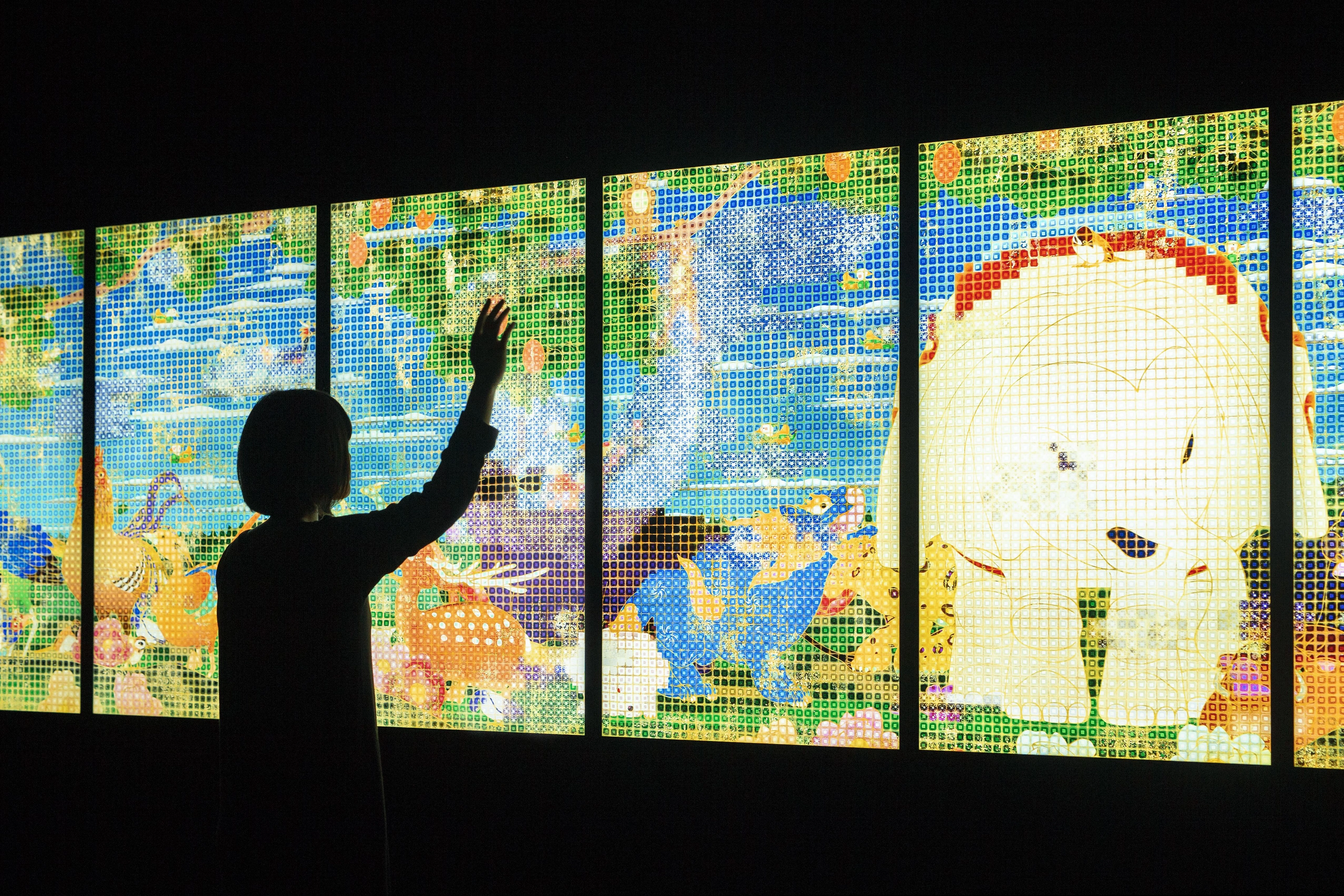teamLab: Ultra Subjective Space | teamLab
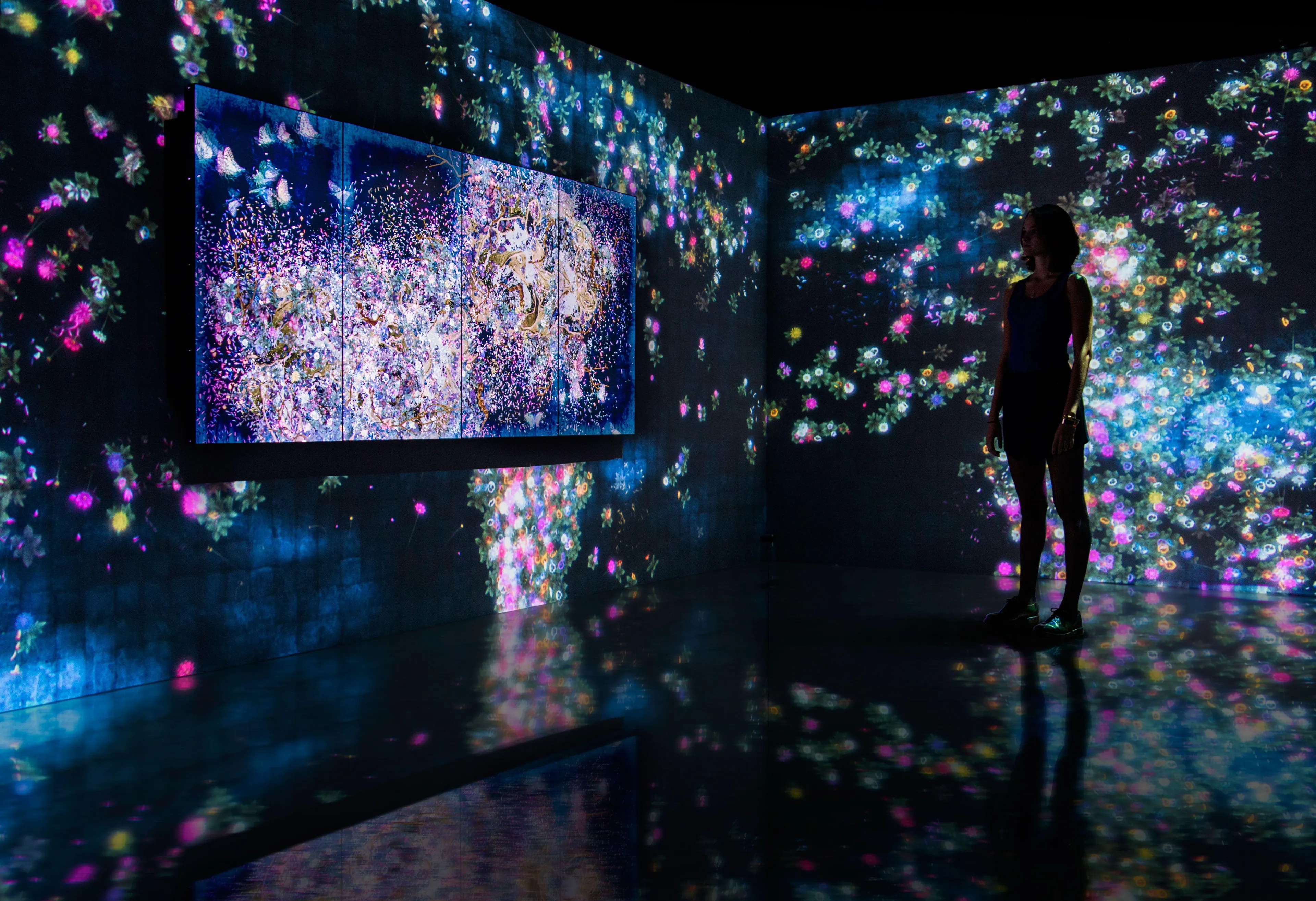
teamLab: Ultra Subjective Space
既往展览
2016.3.17(Thu) - 4.17(Sun)Martin Browne Contemporary, 悉尼

teamLab: Ultra Subjective Space
既往展览
2016.3.17(Thu) - 4.17(Sun)Martin Browne Contemporary, 悉尼
作品
關於 teamLab
teamLab是自2001年起開始活動的藝術團隊。通過團隊創作來探索藝術、科學、技術和自然界交匯點的國際性跨域藝術團隊。由藝術家、程式設計師、工程師、CG動畫師、數學家和建築師等各個領域的專家組成。
teamLab想通過藝術,摸索人與世界的關係和新的認知。人類爲了更好地認知世界,習慣性地把世界分割,並將其視爲具有邊界的事物。我們探索認知的邊界,並試圖超越人類對世界、對時間連續性的邊界的認知。世間萬物都是奇跡般地存在於積年累月且沒有邊界的連續性上的。
teamLab在紐約、倫敦、巴黎、新加坡、矽谷、北京、墨爾本等世界各地舉辦了藝術展。teamLab所開設的大型常設美術館有位於東京台場的「teamLab Borderless」、位於東京豐洲的「teamLab Planets」、位於上海黃浦濱江的「teamLab 無界上海」、位於澳門的「澳門 teamLab 超自然空間」,位於北京的「teamLab無相藝術空間」等等。今後還將有更多的美術館落地在漢堡、烏得勒支、吉達等地。
teamLab的作品被世界各大藝術機構收藏,如墨爾本維多利亞國家美術館(墨爾本)、悉尼新南威爾士州美術館(悉尼)、阿德萊德南澳大利亞藝術畫廊(阿德萊德)、赫爾辛基阿莫斯·雷克斯美術館(赫爾辛基)、舊金山亞洲藝術博物館(舊金山)、洛杉磯現代美術館(洛杉磯)、伊斯坦堡Borusan當代藝術收藏館(伊斯坦堡)、紐約亞洲協會博物館(紐約)。
teamlab.art
Biographical Documents
teamLab is represented by Pace Gallery, Martin Browne Contemporary and Ikkan Art.
會場資訊
teamLab: Ultra Subjective Space
展期
2016.3.17(Thu) - 4.17(Sun)
時間
10:30-18:00
休息日
Monday
交通指南
地址
Martin Browne Contemporary(15 Hampden St Paddington NSW 2021)
